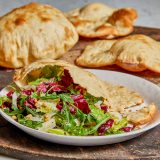Conspiracy theories abound regarding the many supposed mysteries hidden at the Vatican in Rome. But it never occurred to me that one of those well-kept secrets would be the recipe for a bread salad so light it is named for a cloud.
Angelo Arrigoni has been tending his nearly century-old bakery, Panificio Arrigoni, much of his life. It sits on an alleyway corner just steps from the Holy See, an area once so steeped in baking that circular stones were embedded in building exteriors along the street so people could use them to measure the bread they bought and ensure it had been baked to regulation size.
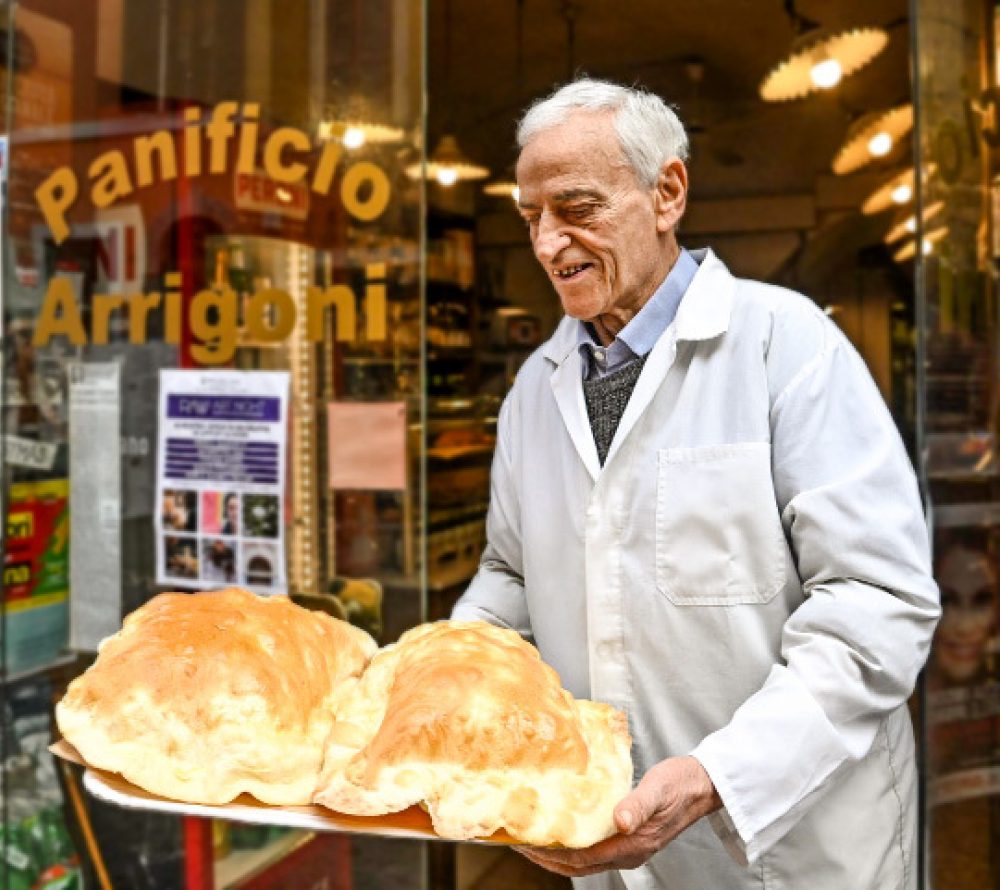
Arrigoni’s grandfather opened the bakery during the late 1920s and at one point provided bread for the pope. A single window reveals stacks of wheaty loaves, crispy-cheesy flatbreads, tomato-flecked pizzette and packets of biscuits, all of them heaped tantalizingly along a white marble counter that draws you down the long, narrow shop, the far end dominated by a massive oven.
I’d likely have passed by the otherwise nondescript entryway had it not been for an unusual sight in that window. A heap of what I wanted to call flatbreads, yet they were decidedly not flat. Rather, they were puffs. Pizza-sized puffs of cracker-thin bread, almost comically balloon-like. I’d never seen a bread like it in Italy.
Arrigoni called them—gently burnished, crisp and light as air—pane di nuvola, or cloud bread. As far as he knows, his is the only bakery in Rome, possibly in the country, that makes it. For good reason. Pane di nuvola was the result of a happy accident by his grandfather not long after the shop opened.
Apparently, he had some spare bread dough that otherwise would have gone to waste. On a whim, he rolled it out thin and baked it as an unadorned pizza crust. But what emerged from the oven was more of a pillow than a pizza. Maybe it was a humid day, or maybe he’d been a bit liberal with the water when mixing. Either way, the dough had been slightly overhydrated.
In the oven, that extra moisture turned to steam that puffed the dough. And unlike Middle Eastern pita, this bread was so thin and was in the heat just long enough that it crisped and held its form.
It didn’t take Arrigoni’s grandfather long to make use of this novelty, which was too crackerlike to tear and too bulbous to top with anything beyond a brush of olive oil. Italians are loath to waste bread, even hard or stale loaves. Hence, Tuscan panzanella, which tosses hunks of stale bread with juicy tomatoes and dressing for a robust salad.
The grandfather apparently cracked a hole in the top of the bread—revealing a hollow interior—then filled the loaf with a mix of well-dressed bitter greens, tomatoes, raisins, pine nuts and cheese. A panzanella rebuilt inside out. Pane di nuvola stuffed with salad became a family and local staple. Today, the breads are sold for €2.50.
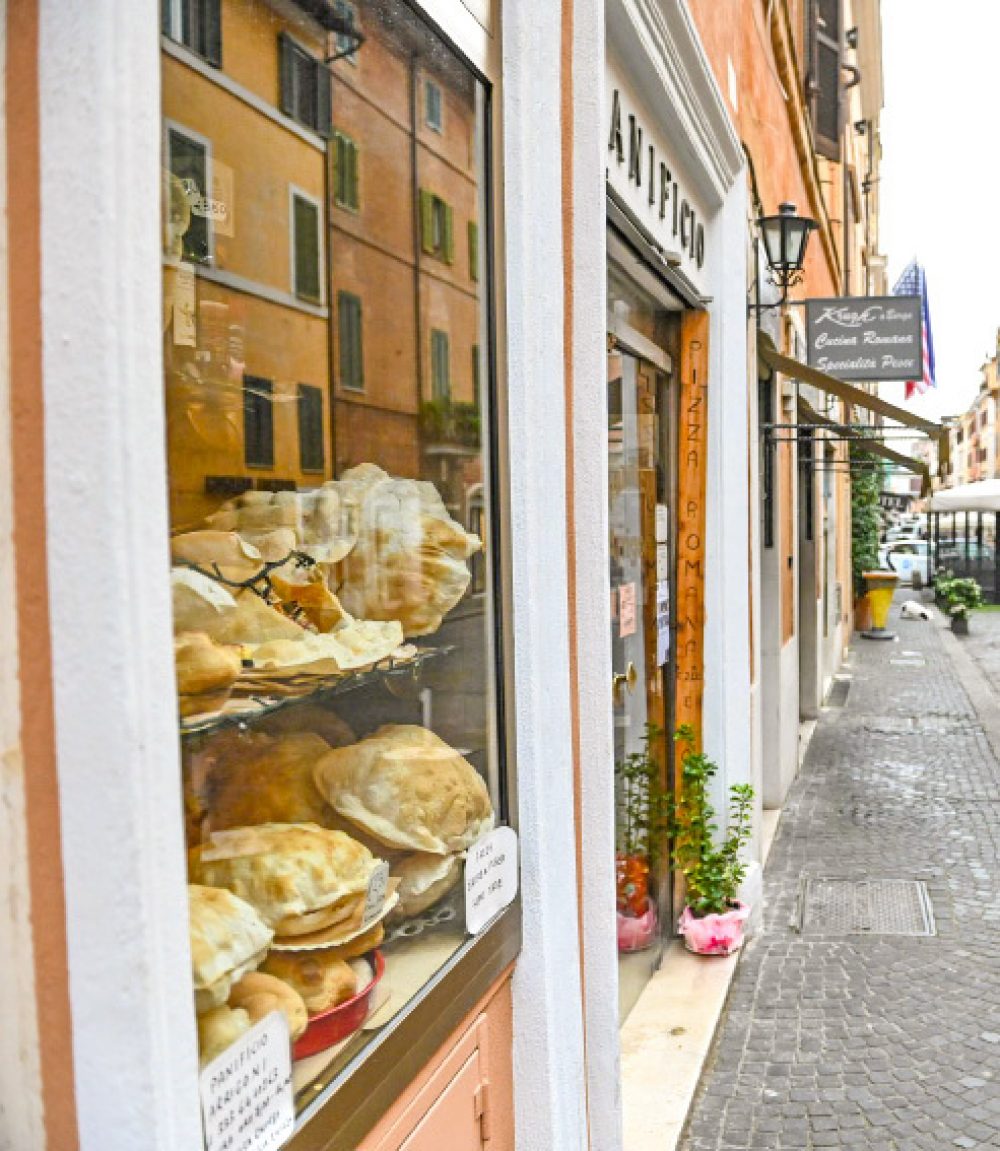
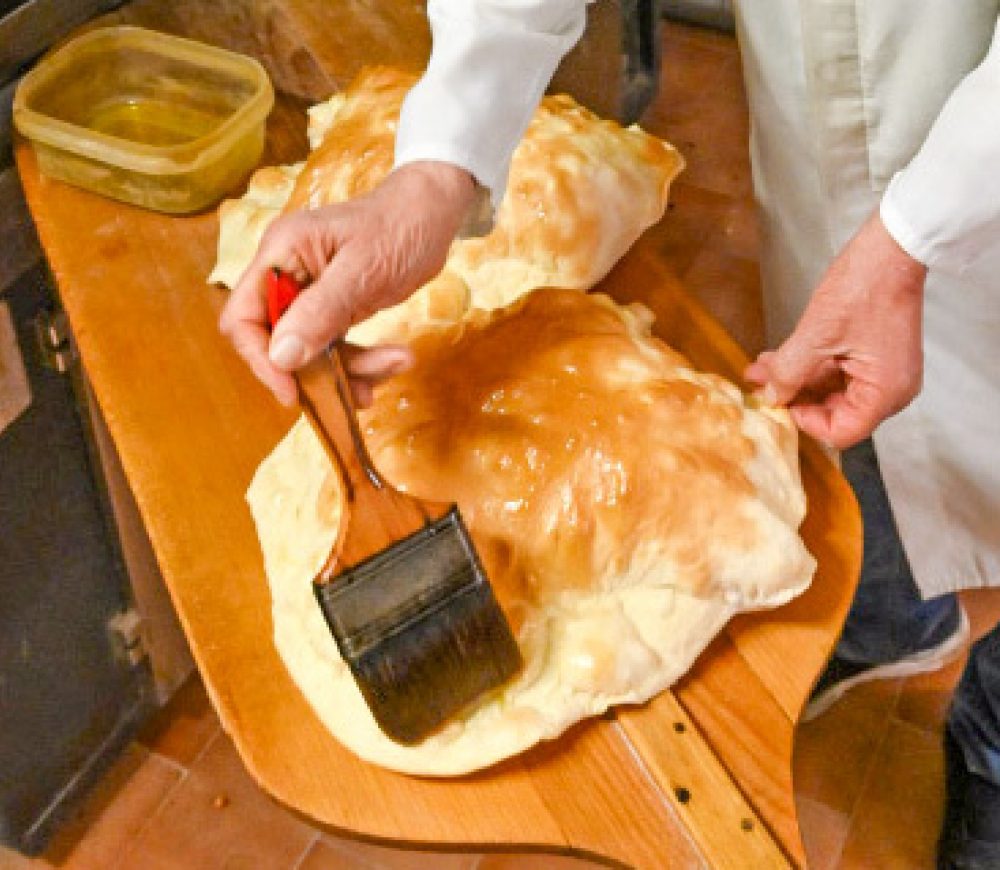
Arrigoni’s longtime baker, Theresa Araya, demonstrated the blissfully simple recipe, yet another variation on the ancient algorithm of flour, water, yeast and salt. After rising, the dough was rolled wonderfully thin, then slid into the oven for just minutes. When it emerged, puffed and cracker-crisp, she sloshed olive oil over it with a paintbrush in a pail.
“It gets wet when you put the salad in it” just as a traditional panzanella would, Arrigoni said. “But that’s why you eat it immediately. And that’s not a problem, because everyone devours it.”
Roman Cloud Bread
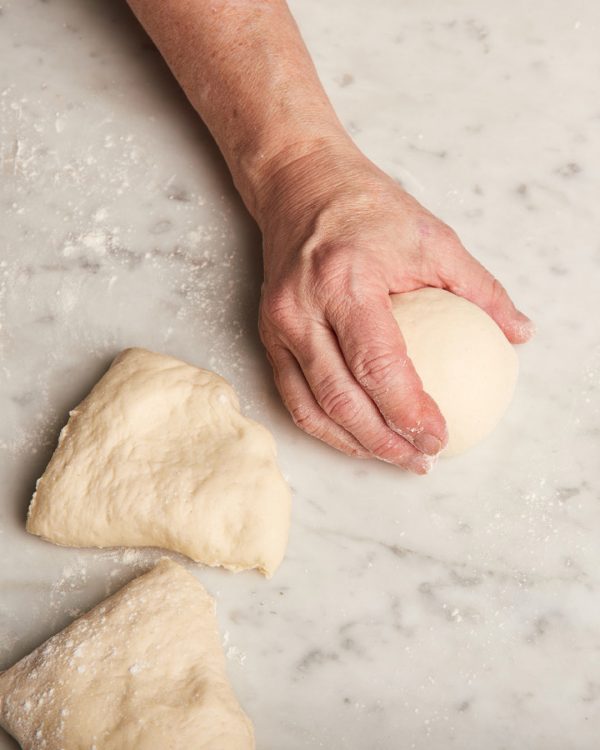
1. On a lightly floured counter, divide the dough in quarters, then form each piece into a loose all. Let rest 15 minutes.
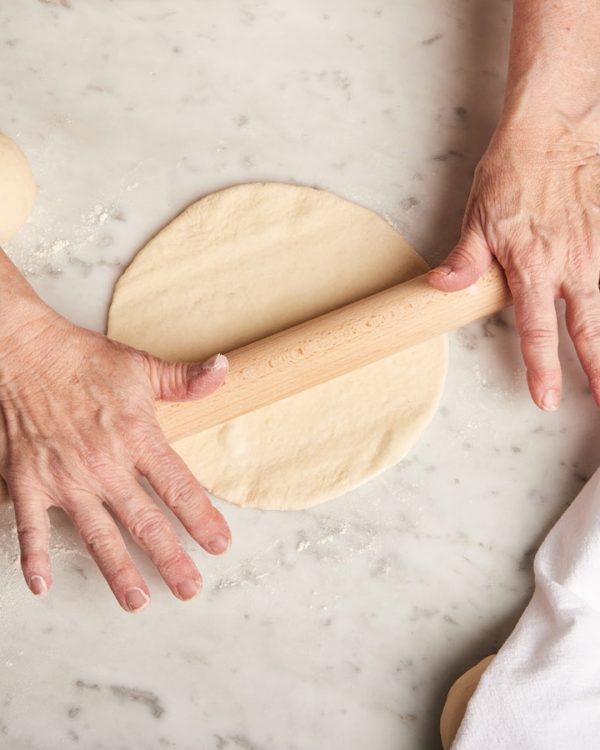
2. While the oven heats, one at a time, roll each dough ball into a rough 8-inch round. Transfer to a floured pizza peel.
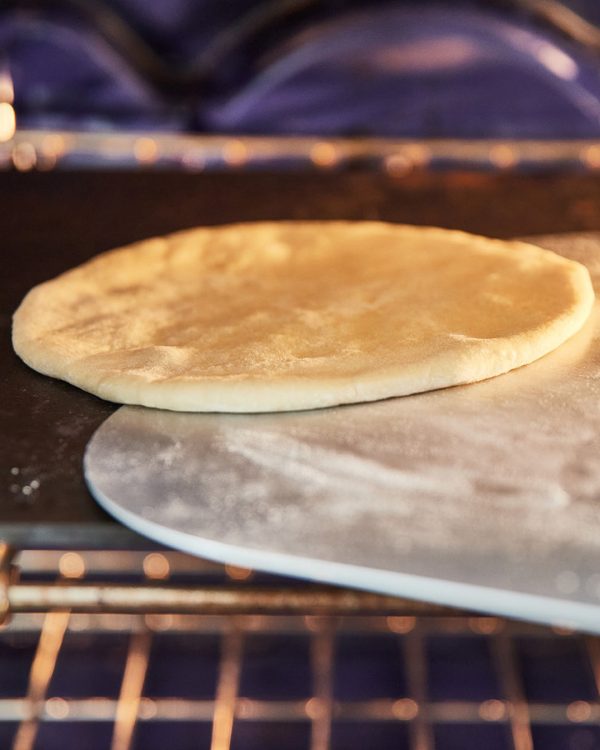
3. Slide the round onto a baking stone in the 450°F oven. Cook them one at a time, keeping the others covered with a cloth.
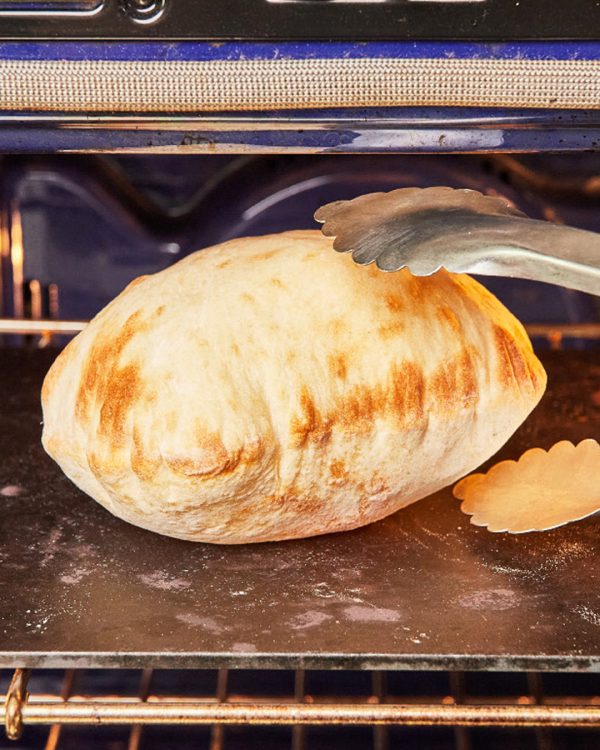
4. Bake until the bread is puffed and deep golden brown in spots, 8 to 10 minutes. Using tongs, transfer to a wire rack.
